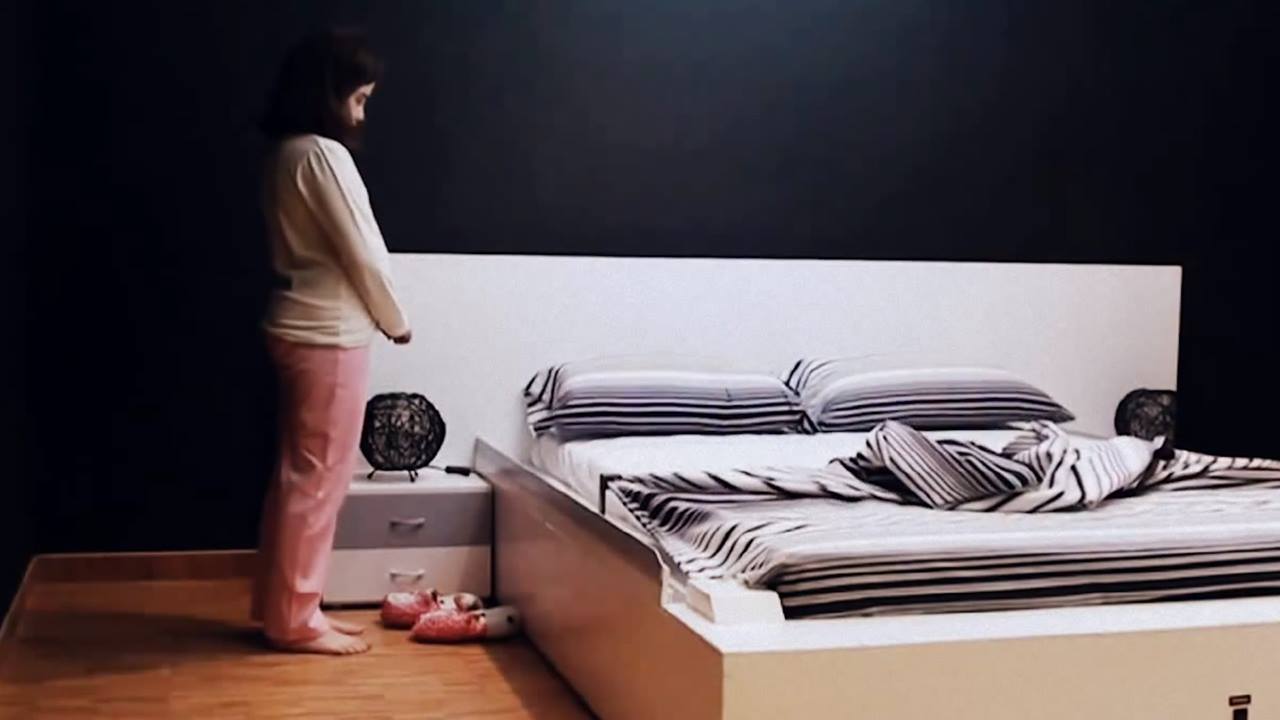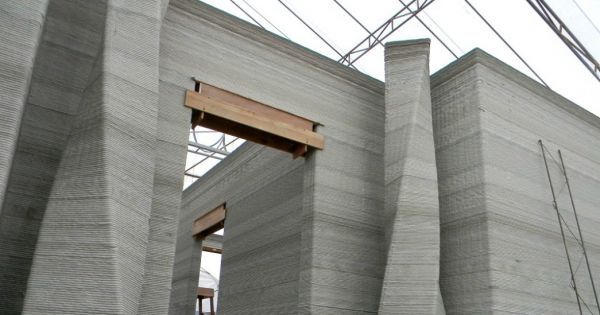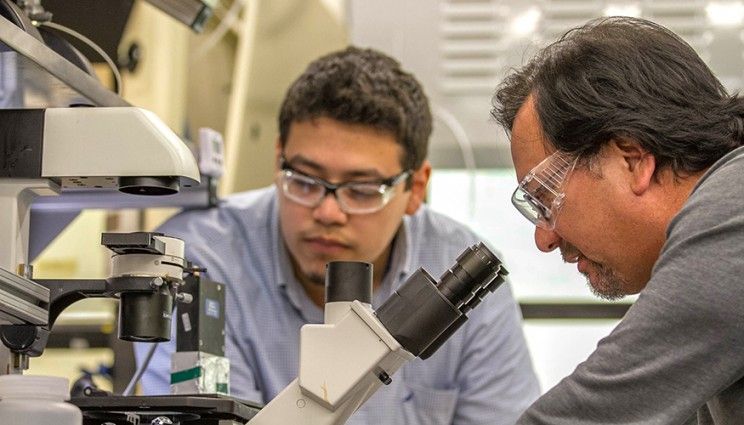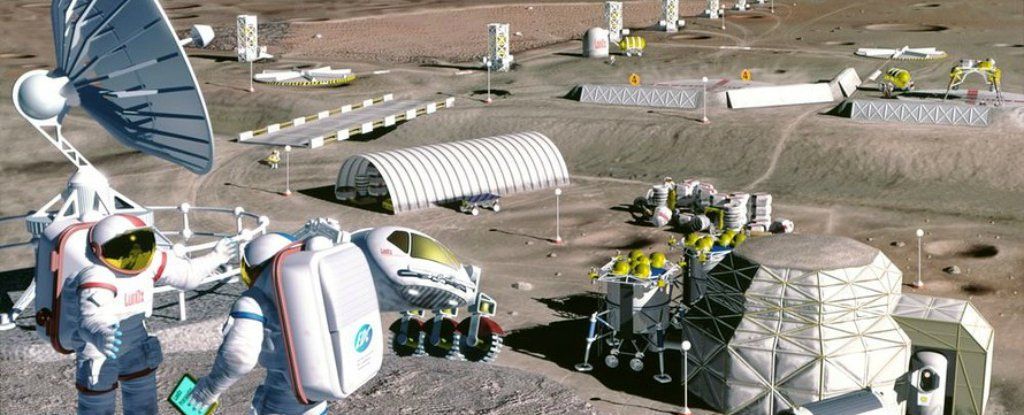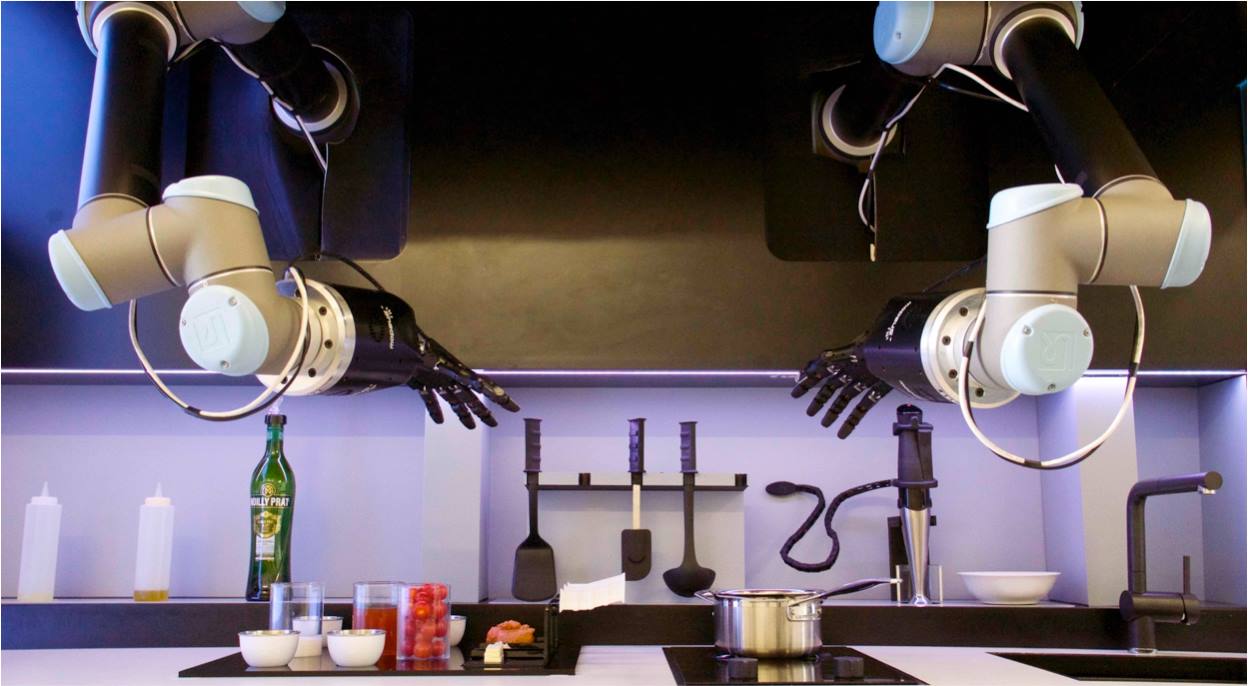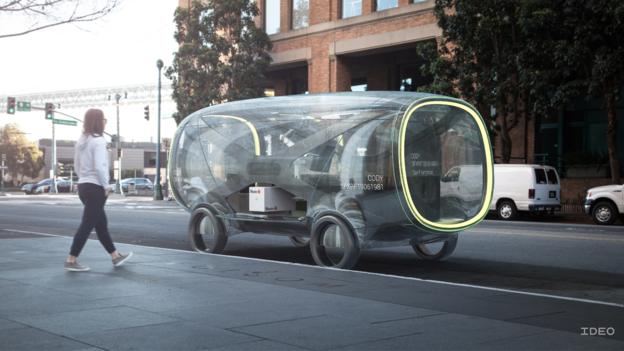The world’s first 3D-printed hotel suite is located in the Philippines. This is just the first in a series of 3D-printed buildings the designer hopes to create in the area.
Planning a vacation to the Philippines? Consider staying at the Lewis Grand Hotel, where a newly-printed room awaits its first guests. You read that right. The hotel, which is located in Angeles City, Pampanga, has the world’s first 3D-printed hotel suite.
Printing a Hotel Suite in 100 Hours
Hotel owner and materials science engineer Lewis Yakich worked with 3D printing specialist Anthony Rudenko to create the hotel suite. The two men worked together to design the massive 3D printer that spews out the concrete made from sand and volcanic ash.
A lot of focus over the past 12 months has been on NASA’s journey to Mars. But a group of space experts, including leading NASA scientists, has now produced a special journal edition that details how we could establish a human colony on the Moon in the next seven years — all for US$10 billion.
Although that’s pretty awesome, the goal isn’t really the Moon itself — from an exploratory point of view, most scientists have bigger targets in sight. But the lessons we’ll learn and the technology we’ll develop building a human base outside of Earth will eventually be the key to colonising Mars, and other planets, according to the experts.
“My interest is not the Moon. To me the Moon is as dull as a ball of concrete,” NASA astrobiologist Chris McKay, who edited the special, open-access issue of New Space journal, told Sarah Fecht over at Popular Science. “But we’re not going to have a research base on Mars until we can learn how to do it on the Moon first. The Moon provides a blueprint to Mars.”
Giant floating solar panel
Posted in solar power, sustainability
For those unfamiliar, SXSW is a week-long, trendy, if not seriously geeky festival of film and culture, panels and discussions. This year, one of the strangest – and either most disturbing or most compelling, depending on where you stand – talks was delivered by Hiroshi Ishiguro, a Japanese inventor and roboticist. The Osaka University professor was speaking about human-like androids and what roles they might fill within society in the near future. Ishiguro discussed his greatest and most marvellous creation to date: a “Geminoid” (robot in his own likeness) whose human appearance has been deftly created through with a plastic skull, a metal skeleton and silicon skin – and is controlled by an external computer. It would be hard, at a glance, to tell the two apart. In fact, the Geminoid held an autonomous conversation in Japanese, on stage, in front of an audience of hundreds.
Geminoid is not Ishiguro’s first uncannily human robot. In 2005, he developed a female android named Repliee Q1Expo, telling the BBC, “I have developed many robots before, but I soon realised the importance of its appearance. A human-like appearance gives a robot a strong feeling of presence. Repliee Q1Expo can interact with people. It can respond to people touching it. It’s very satisfying.”
At SXSW on Sunday, Ishiguro discussed how he imagined these human-looking robots might become a part of the everyday sooner than we think; as receptionists, language tutors and museum-guides. In fact, he discussed how he and his team have tried and tested the robots in everyday situations. “Japanese males hate to talk to the shopkeeper because it signals they want to buy something,” he explained. “But they don’t hesitate to talk to the android.” He then jokingly added that it helps that “[a] robot never tells a lie, and that is why the android can sell lots of clothes.” Which begs a couple of questions including why do Japanese males have problems interacting with shopkeepers, and what happens to the shopkeeper in this scenario?
